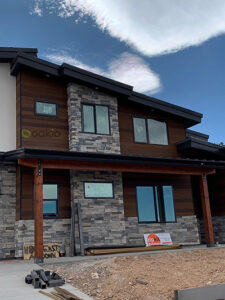Does Composite Wood Decking Contain Formaldehyde And Affect Health?
Composite wood decking has been more and more popular during these years. The popularity brings to the forefront an important inquiry concerning its composition: the presence and implications of formaldehyde. Composite decking, a fusion of wood fibers and plastic components, often raises questions about its chemical makeup, specifically regarding formaldehyde, a common component in adhesives and resins used in various construction materials. This article addresses these concerns by exploring the formaldehyde content in composite wood decking, referencing the EPA formaldehyde emission standards for safety. Additionally, we highlight eco-friendly options like Oakio decking products, which combine sustainability with style.
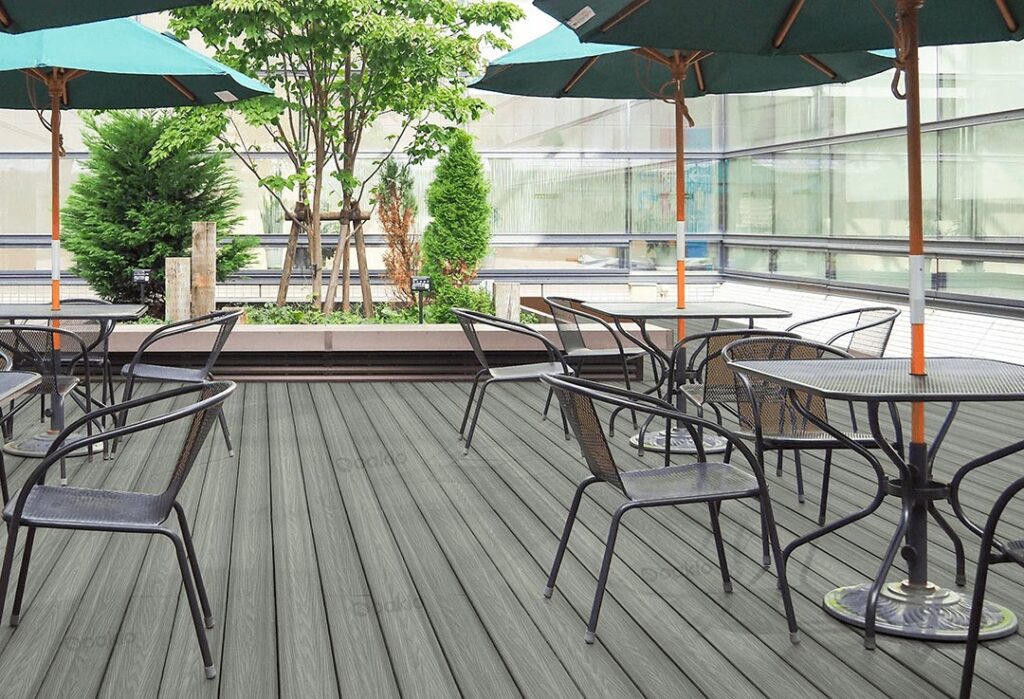
Does Composite Wood Have Formaldehyde?
Composite decking’s composition can indeed contain formaldehyde. The manufacturing process typically involves combining wood fibers with plastic, often bonding these layers with adhesives that may include formaldehyde-based compounds. This utilization stems from formaldehyde’s effectiveness in enhancing the durability and moisture resistance of the decking. However, the presence of this chemical has sparked debates about the safety and environmental impact of composite wood decking, making it a crucial factor for consumers to consider.
EPA Formaldehyde Emission Standards in Composite Wood Decking
The Environmental Protection Agency (EPA) has established critical formaldehyde emission standards for composite wood products, including those used in composite wood decking. These regulations, part of the Toxic Substances Control Act (TSCA), are essential for ensuring the safety and health of consumers.
These EPA formaldehyde emission standards apply to a range of composite wood products, such as hardwood plywood, medium-density fiberboard, and particleboard, commonly used in decking manufacturing. Manufacturers must adhere to these standards, undergoing testing and certification to verify compliance. The emission limits are designed to minimize health risks associated with formaldehyde, a chemical known for its potential respiratory problems and other health issues, especially with prolonged exposure.
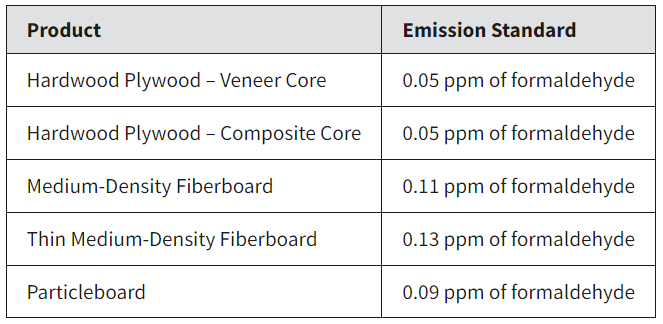
Specifically, the standards set emission limits at 0.05 parts per million (ppm) for hardwood plywood, 0.09 ppm for particleboard, and 0.11 ppm for medium-density fiberboard. These limits are critical in ensuring that composite decking is safe for use, particularly in spaces that transition from outdoors to indoors.
The regulation also requires third-party certification, adding an extra layer of assurance for consumers. This certification confirms that the composite decking meets stringent EPA formaldehyde standards independently.
In summary, the EPA formaldehyde emission standards are vital in ensuring the quality and safety of composite wood decking. For consumers, awareness of these standards is crucial when choosing decking materials, as compliance with these regulations indicates a commitment to health and environmental responsibility.
Is Composite Decking Toxic: Will it Affect My Health?
Understanding the manufacturing intricacies of composite wood decking is crucial. Composite wood decking is an integration of multiple layers of materials, generally composed of four layers: the bottom layer, the base material layer, the decorative layer, and the wear-resistant layer. The materials of the several layers are bonded together by an adhesive, which means that there is a lot of chemical glue between the four layers of wood. This glue contains formaldehyde, but it’s important to note that its presence doesn’t automatically pose a health risk. Those composite decking that adhere to the EPA formaldehyde emission standards are generally deemed safe, as these regulations are designed to keep formaldehyde emissions well below harmful levels.
Non-Toxic Decking Option: Green Composite Decking
As the trend towards sustainable living grows, the question of whether composite decking is environmentally friendly and recyclable becomes increasingly relevant. Green composite decking, made from recycled materials like reclaimed wood and recycled plastics, offers an eco-friendly alternative to traditional decking. The recyclability of these materials at the end of their life cycle further enhances their environmental appeal. However, the inclusion of formaldehyde in some composite decking options can complicate their green credentials. Any composite wood decking product exceeding EPA formaldehyde emission standards is considered substandard and potentially harmful to human health. Hence, it’s advised to avoid such inferior composite decking products to ensure a safe and healthy environment and to seek out decking options that balance sustainability with safety.
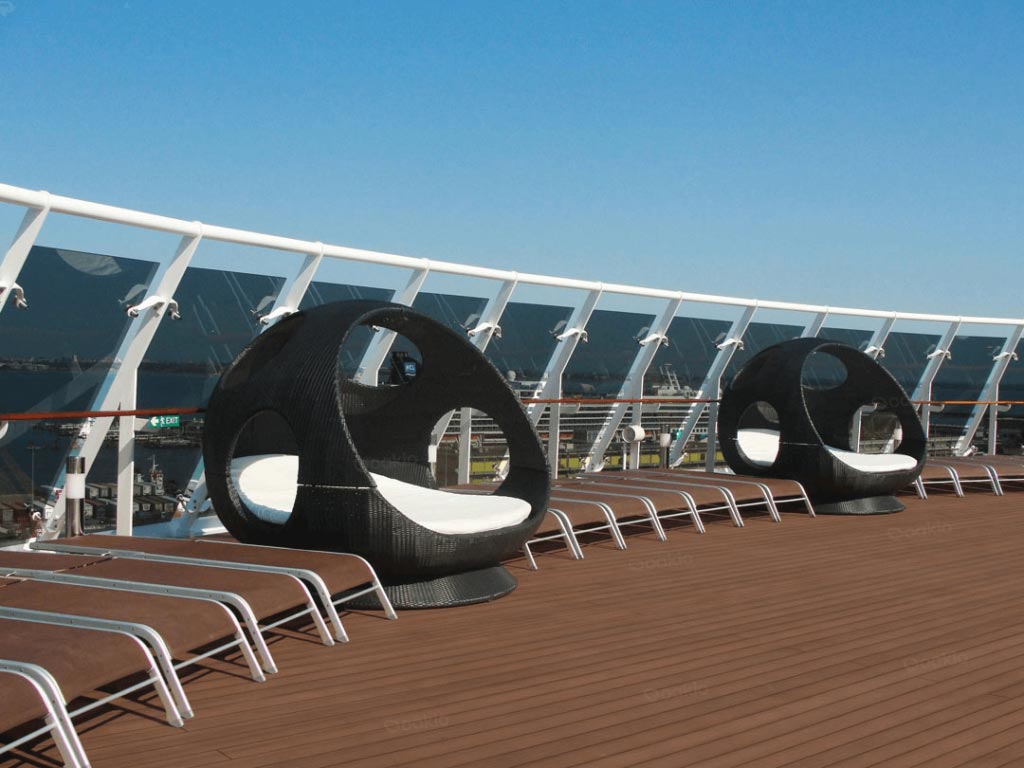
In the search for non-toxic and environmentally friendly decking options, Oakio composite decking emerges as a leading contender. This brand has distinguished itself by offering composite wood decking that not only meets but often exceeds the EPA formaldehyde standards. Oakio’s commitment to low-emission and non-toxic decking solutions aligns with the growing demand for green composite decking and environmentally friendly building materials, making it a preferred choice for those seeking both safety and sustainability in their decking options.
Conclusion
Composite wood decking is a great way to enhance your outdoor living space with the look and feel of natural wood. However, not all composite decking is safe and eco-friendly. Some composite decking may contain harmful levels of formaldehyde, a chemical that can cause health problems and environmental damage. To avoid these risks, you should choose composite decking that complies with the EPA formaldehyde emission standards, which ensure the safety and quality of the product. You can also opt for green composite decking, which uses recycled materials and natural fibers to create a durable and beautiful decking solution. Green composite decking, such as Oakio sustainable decking products, is high performance, non-toxic and environmentally friendly. Oakio‘s commitment to low-emission and non-toxic decking solutions makes it a preferred choice for those seeking both safety and sustainability in their decking options. By choosing green composite decking like Oakio green decking products, you can enjoy the benefits of composite wood decking without compromising your health.
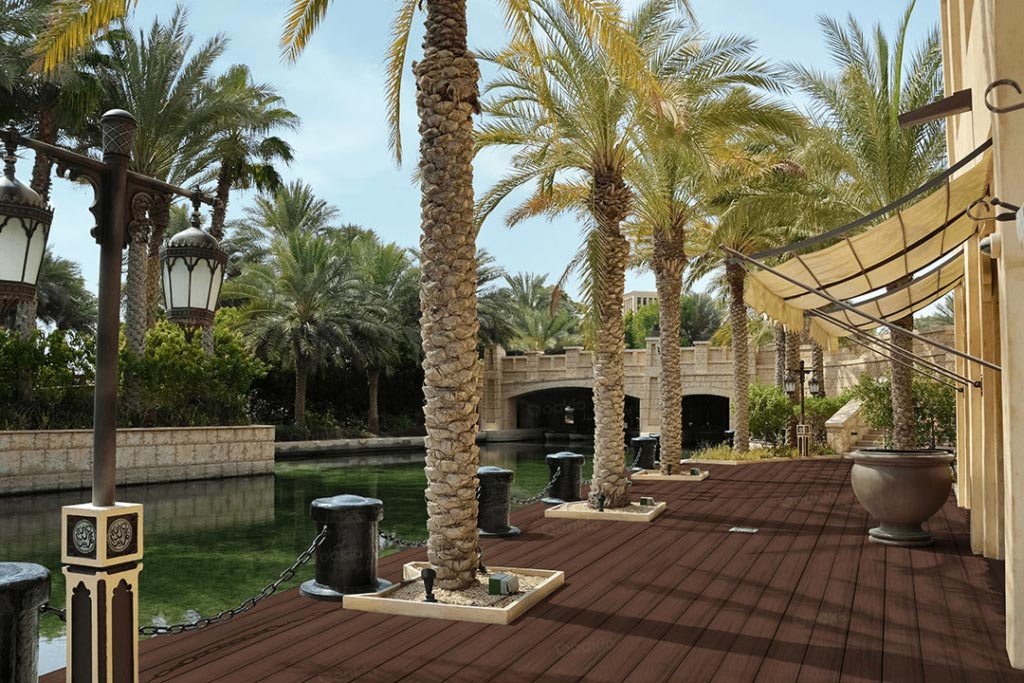
Trending Reading
What Are the Differences Between the WPC Board and PVC Board?
[2024 Update] How Long Does WPC Decking Last?











